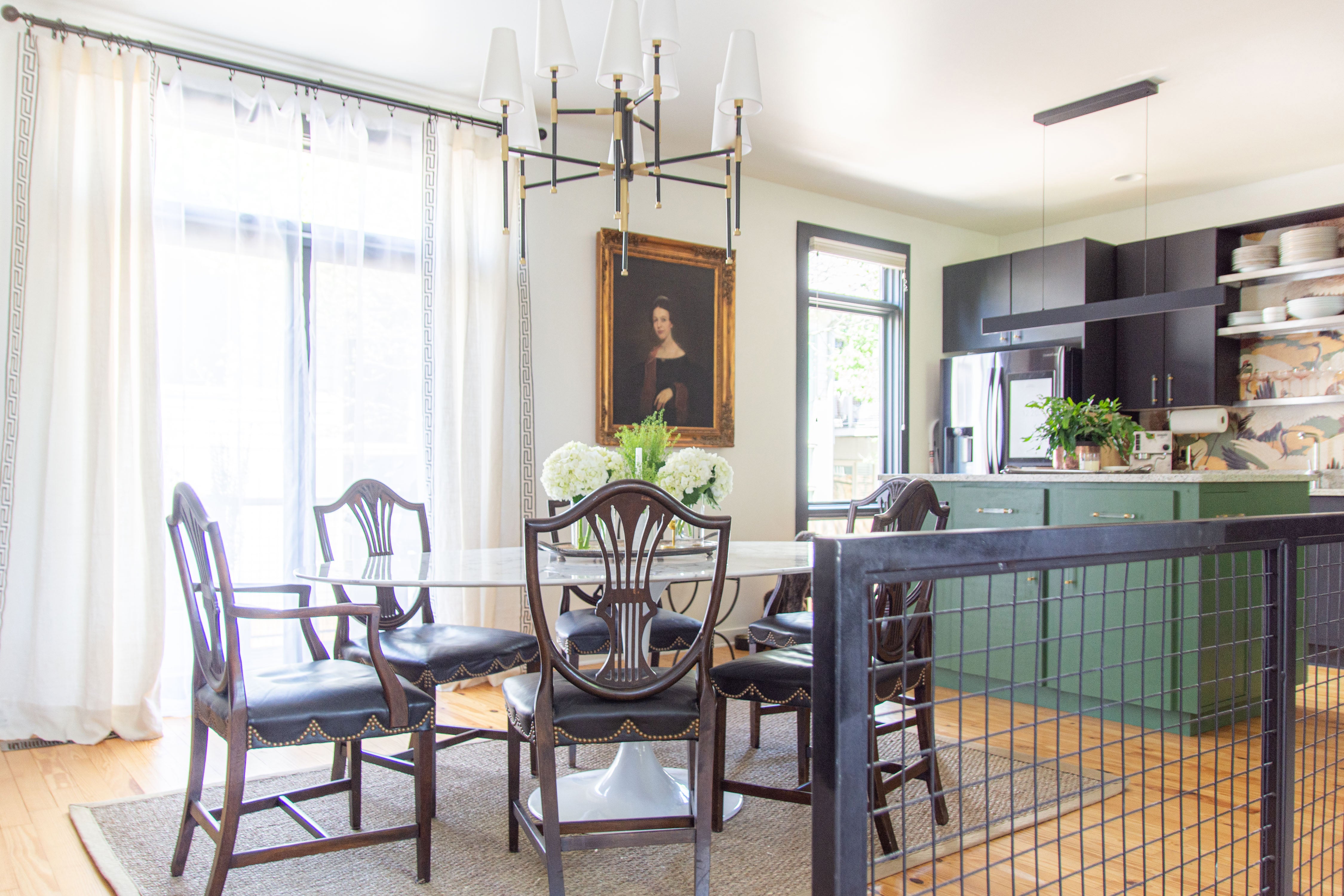Common Mistakes to Avoid When Building a Deck
Building a deck can transform your outdoor living space, providing a comfortable area for relaxation and entertainment. However, the process involves careful planning and execution to ensure that the final product is both safe and enjoyable. Without proper guidance, it's easy to make mistakes that could compromise the structure's integrity, aesthetic appeal, or longevity. In this guide, we'll cover some of the most common pitfalls to avoid when constructing a deck, ensuring that you're well-prepared to create a beautiful and durable addition to your home.
Neglecting Local Building Codes and Permits
Before starting any construction project, it is crucial to thoroughly acquaint yourself with the local building codes and secure the necessary permits. These regulations play a vital role in upholding safety standards and are specifically tailored to your region. They cover various aspects such as deck height, railing specifications, and footing depth. Ignoring these codes not only puts your safety at risk but could also lead to significant fines or require the removal of non-compliant structures, which can be a costly affair.
Inadequate Planning and Design
One common mistake that many individuals make is diving straight into construction without meticulous planning and consideration for the design aspect. This oversight often leads to deck failures, as the lack of foresight can result in structural weaknesses that threaten the deck's safety and functionality. This hasty approach can result in a deck that does not meet your needs or fails to complement your outdoor space proportionally. It is essential to take the time to reflect on how you plan to utilize the deck, determine the optimal size and shape for your property, and select materials that offer both durability and visual appeal. Thorough planning includes anticipating potential challenges and integrating effective solutions into your design concept to ensure a successful outcome.
Choosing the Wrong Materials
The choice of materials significantly impacts the durability and maintenance requirements of your deck. While wood is popular for its natural look, it demands regular maintenance to prevent decay and color fading. On the other hand, composite materials, despite their higher initial cost, may offer greater longevity and reduced upkeep expenses in the long term. Factors such as your local climate, your willingness to invest time in maintenance tasks, and your budget constraints should all be considered when selecting decking materials to make an informed decision that aligns with your needs and preferences.
Overlooking the Importance of a Solid Foundation
The foundation serves as the fundamental support for your deck's structure. Cutting corners during this stage could lead to issues like shifting, sagging, or even structural failure. It is crucial to ensure that footings are excavated to the correct dimensions and depth based on your soil type and climate conditions. Additionally, proper alignment and leveling of the footings are essential to establish a stable and long-lasting foundation for your deck, which is essential for its overall structural integrity and durability.
Incorrect Spacing and Fastening
Proper spacing and fastening techniques are critical to accommodate the natural expansion and contraction of wood and prevent water accumulation, which can compromise the deck's integrity over time. Inadequate spacing between boards can result in warping, cupping, or cracking, while inadequate fastening may lead to loose boards or railings. Adhering to industry-standard practices for spacing and selecting appropriate fasteners for your materials are key steps to ensure a secure and durable deck structure that can withstand various environmental conditions and usage over time.
Failing to Consider Lighting and Accessories
Final touches such as lighting fixtures and accessories play a significant role in enhancing the visual appeal, functionality, and safety of your deck. Insufficient lighting can turn your deck into a hazardous area after dark, posing risks to users. Similarly, features like railings not only contribute to the overall aesthetics of the deck but are also essential for safety measures, especially in elevated structures. It is essential to plan strategically for these elements from the beginning to seamlessly integrate them into your deck design, creating a cohesive and inviting outdoor space for relaxation and entertainment.
Constructing a deck is a substantial investment that can enhance the beauty and functionality of your home's outdoor space. By being mindful of common pitfalls such as ignoring local building codes, inadequate planning, choosing the wrong materials, overlooking the importance of a solid foundation, incorrect spacing and fastening, and neglecting lighting and accessories, you can avoid the mistakes that lead to costly and unsafe outcomes. Remember, thorough preparation, careful selection of materials, and adherence to building codes and best practices are paramount in creating a deck that is not only aesthetically pleasing but also safe, durable, and capable of withstanding the test of time. With these guidelines in mind, you're well on your way to designing and constructing a deck that will be enjoyed for many years to come.










